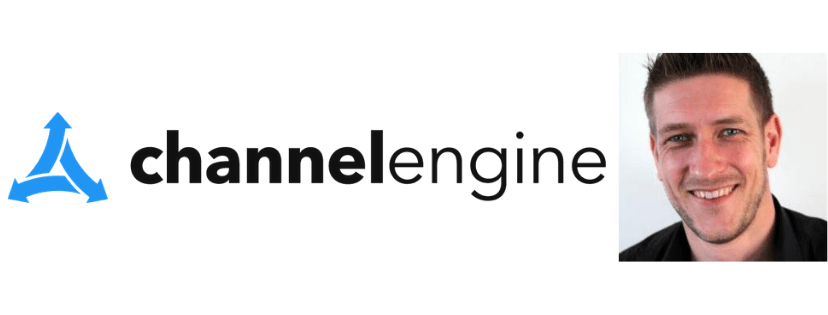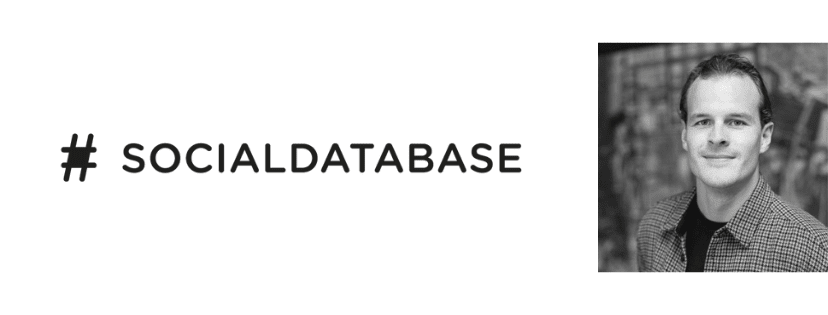
Ecommerce was already a fast-growing industry at the beginning of 2020. Now it’s experiencing an unprecedented boom as billions of shoppers seek to replace their physical shopping carts with virtual ones.
What’s more, customer loyalty has been uprooted and is now up for grabs. A study by McKinsey & Company found that consumer behaviors have changed drastically across the globe with extremely high numbers of consumers having tried new shopping behaviors, including purchasing products from new brands, in the past few months.
These changes are creating new opportunities but also increased competition.
As a result, companies have been investing in new tech, from AR-generated apps being used to allow customers to ‘try on’ make-up and clothes virtually to gamified shopping promotions.
But, in the rush to adopt the latest trends and attract new customers, many companies are feeling more out of touch with their audience than ever.
We spoke with three ecommerce experts to find out what companies are getting wrong and how they can better connect with their audiences using technology. As part of Techleap.nl’s most recent batch of Rise Programme participants, these fast-growing scaleups represent the best of the best in Dutch innovation. Here’s what they had to say:
Go where your customers are

When choosing a spot for a brick-and-mortar store, everyone knows the most important consideration is location, location, location. You want to set up your store where your customers like to hang out and shop regularly. According to Jorrit Steinz, CEO of ChannelEngine, your ecommerce strategy should be no different.
And just where is your audience shopping online? According to a study by Digital Commerce 360, sales on marketplace sites accounted for 62% of global web sales in 2020, with the top online marketplaces in the world selling $2.67 trillion in products.
“While consumers were first searching on a search engine, now they’re searching on marketplaces. Even if they’re searching on Google, they will still find marketplaces so it’s essential for brands to be where consumers are searching,” Steinz said.
Even if consumers do start with a Google search, individual retailers still have to compete with marketplaces for top spots in search results.
Most new webshops completely rely on Google driving traffic. Then you see the marketplaces competing for the same set of keywords. On top of that, Google itself is competing with Google Shopping. So it’s getting harder and harder to optimize for your own webshop. There’s a whole ecosystem of brands that are only selling on marketplaces, social media, and not even on their own webstore.
ChannelEngine is a software as a service platform that connects brands, retailers, and wholesalers to online marketplaces. Instead of having to manage an Amazon account, eBay listings, and a Zalando portal, companies can manage multiple marketplaces across the globe from this one platform. This means stock levels and orders can be synchronized, product updates can be made automatically, and price levels can be controlled in one place.
For brands looking to break into new markets, rather than spending time on translating websites, researching keywords, and creating specialized campaigns, the transition can be as simple as selecting the marketplace with the best reach in that country.
As Steinz pointed out, it’s not just about traditional marketplaces. Social media channels are also now transitioning towards becoming virtual shopping malls.
A lot of click channels, like Instagram, Google, and comparison sites, are all turning into transactional channels, which is basically a marketplace. So that means there’s going to be more and more entry points for potential customers.
Instead of navigating to an online shop, consumers will now have their credit cards linked to their Instagram accounts, allowing them to simply click on an ad and buy directly in the app.
“That’s going to be a massive shift for any ecommerce retailer and, if they’re not prepared, it’s going to cost them some potential revenue,” Steinz predicted.
You get the best customer insights by simply listening

“We’re always talking about digital data sources now online. The tendency is to think that ecommerce is something and then traditional retail is something else. This is absolutely not true,” said Riccardo Osti, CEO of Wonderflow.
BazaarVoice found that 56% of online shoppers and 45% of brick and mortar buyers read reviews online before purchasing a product. This has created a multiplier effect for some product categories, meaning that each dollar a company makes online is equal to between four and six dollars they make offline.
“Whatever happens online has an impact on the real world. When I buy something offline, I first read reviews online. Then I go to the shop already knowing which products I want to see and buy,” Osti said.
The more companies realize this and begin to combine online and offline data to inform their strategy as a whole, the better.
I think a very big mistake is that most companies don’t try to connect with their audience. Historically many brands, especially ones that have a very technical product offering, focus a lot on their product and not on their customers. But times have changed.
Customers are more than willing to share their opinion and connect with brands in the form of online reviews, NPS scores, and customer center feedback. This means there’s already a plethora of customer data at companies’ fingertips. The problem is, many simply don’t know how to translate this data into usable information.
Wonderflow is a Voice of the Customer (VoC) analytics solution that allows companies to glean insights from different customer feedback sources. Their platform leverages natural language processing to aggregate and analyze all of this feedback (both public and private) in one place.
The next, and more difficult step, is to translate this information into actionable advice and that’s where Wonderflow’s strength lies. Their predictive technology is able to take current consumer insights, and use them to create actionable predictions for the future. Osti explained:
At Wonderflow we’re now trying to predict what your future appreciation score or new star rating of a specific product is going to be in one month or in one year.
We start by analyzing what customers say about the product and we identify where there’s space for improvement. So, for example, if the star rating is 3.8 out of five, we can tell you ‘if you want to get a 4.5-star rating in the future, you need to improve features x and y.’
The second step we’re working on is the prescriptive part. This allows us to tell you which action you should take to make that improvement happen. For example, ‘run an engineering workshop to identify what the problem is with this specific component of the product.’
Perhaps one of the most exciting things about this new technology is that, by providing narrative text-based prescriptions, absolutely anybody in your company will be able to glean insights from them, not just data analysts.
“This is the big change that we will see in the industry for the next few years, moving from the old fashioned, unreadable business intelligence platforms that we’ve seen for decades, to intuitive charts and narratives,” Osti told TNW.
Embrace niche audiences

Thomas Slabbers, CEO of SocialDatabase, believes that the biggest mistake companies make when it comes to connecting with their audiences is not spending enough time defining who those audiences are.
At SocialDatabase, we believe in the following formula: RESULT = CONTENT X DATA. Brands spend a lot of time creating the right content, but when it comes to creating the right audience, they often fall short. With just native targeting options available and limited access to data, brands struggle with reaching the right audience. We believe that enriched public data should be the starting point of every campaign.
SocialDatabase created a unique solution for this.
By amplifying publicly available Twitter data, we’ve created SUPERAUDIENCES. SUPERAUDIENCES allow brands to selectively target more relevant audiences through a deeper analysis of public data. These are custom audiences designed to match campaign goals, increasing receptivity and media effectiveness, without using third-party data.
But do we really want to narrow our audience? Isn’t casting a wider net better?
“First of all, the majority of social media users feel the communication coming from brands is irrelevant or unimportant to them. A more narrow audience would make ads more interesting and relevant. Secondly, reducing the waste in a target audience simply saves a lot of budget that would have been spent on the wrong audience. Finally, a more focused audience enables brands to make more impact in a shorter amount of time,” Slabbers explained.
SUPERAUDIENCES are particularly relevant for use cases where quality is more important than scale, whether you’re looking for a niche, B2B, or relevant consumer audience.
As a Formula 1 partner, Heineken used SUPERAUDIENCES to distinguish hardcore F1 fans from casual fans during the Grand Prix of Australia, China, and Spain. Meanwhile, Nutricia, a company that specializes in therapeutic food and clinical nutrition, is using SUPERAUDIENCES to specifically reach healthcare professionals.
There you have it, location, listening, and spending more time in defining your audience will help you build a stronger connection with them. Although brick and mortar stores are starting to open up again in some countries, the continued rise and preference for ecommerce is not something that’s going away. But, as Osti explained, combining your retail and ecommerce strategies is the best way to get ahead of the game.
This article is brought to you by Techleap.nl
Get the TNW newsletter
Get the most important tech news in your inbox each week.





